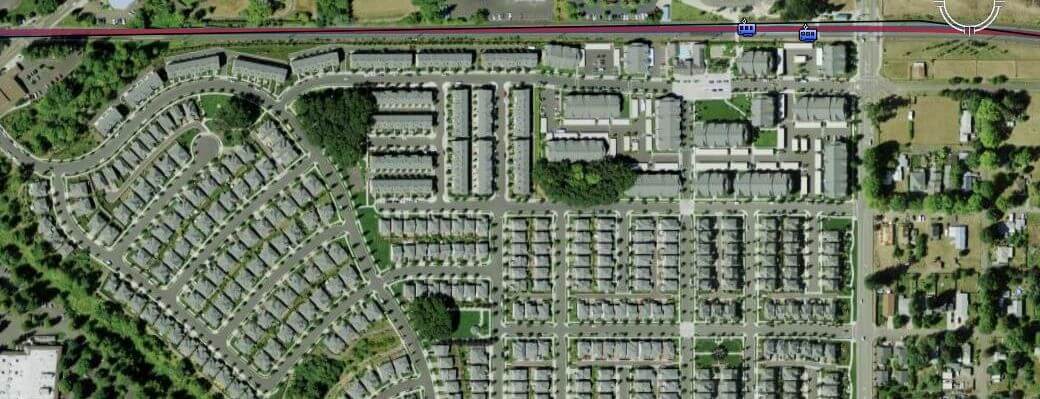Portland, OR: the wrong role model for Surrey Rail Transit
- Reality Check
-
Daryl DC (SfS Founder)
- November 14, 2011
There needs to be understanding of the role that rail transit will play in Surrey in the future. This city needs rail transit not only to more effectively move the people who already are here, but also to accommodate population growth and encourage appropriate development in the right areas. All of these roles that rail transit will play must be considered if we are to choose another city as a role model for Surrey.
Light rail closer to reality for Surrey, Langley
News 1130, Nov 10 2011
Transportation: Surrey considers paying its own fare for better transit
Vancouver Sun, Nov 5 2010; pg. 6 of 104
Dianne Watts, Mayor of Surrey
State of the City 2011 – Sheraton Guildford Hotel
The more recent big push for Light Rail started after the Council visited Portland, Oregon in late 2010/early 2011. Surrey Mayor Dianne Watts seems to be very intent on her consideration of Portland’s rail transit system as a role model for rail transit in Surrey. However, we would like to point out that her claim on economic development is very greatly exaggerated.
According to TriMet themselves (TriMet is the public transportation agency in Portland), the MAX line has brought approximately just $8.2 billion in nearby TOD (transit-oriented development) [47]. The 6km downtown streetcar, which opened in summer 2001, attracted approximately $2.3 billion in development after 6 years [48]. This combined figure of $10.5 billion is well short of the $31 billion figure that Mayor Watts claims.
Economic development subsidized by additional tax incentives
What many people don’t know is that the majority of this $10.5 billion in development could not have possibly been implemented without the spending of several billion dollars in tax waivers (subsidies), in order to attract the development onto the new line.
In 1996, a City Commissioner finally convinced the Portland City Council to start offering developers tax waivers for any high-density housing built near light rail stations; and while the development came, it came at a huge expense. An estimated $2 billion dollars of tax waivers (subsidies) were spent to attract transit-oriented development to MAX Light Rail lines by 2007: an average of $180 million every year [48].
When Portland’s first light-rail line opened for business in 1986, the city zoned much of the land near light-rail stations for high-density development. Ten years later, city planner Mike Saba sadly reported to the Portland city council, “we have not seen any of the kind of development—of a mid-rise, higher-density, mixed-use, mixed-income type—that we would’ve liked to have seen” along the light-rail line.
It is also notable that despite the subsidies, vacancy rates are often high, particularly in areas designated for shops [48]. This shows that the lines have actually failed to attract significant retail development, something that Surrey is trying to focus on within its downtown core.
Residents of light rail TOD communities are not actually riding the light rail

Despite the high cost, there seems to be no guarantee that the people choosing to live in this development are actually making use of the light rail line as their primary choice for transportation.
Nearly two-thirds of residents in the new transit-oriented Orenco neighbourhood (located west of Portland), built upon an adjacent MAX light rail station, list driving to work alone as their exclusive form of commute.
Orenco residents rank last among the four neighborhoods explored in a study on two other transit measurements: just 15 percent of them consider mass transit their exclusive commute mode, and just 9 percent ride it at least five times a week. [49]
Portland area traffic increasing despite MAX light rail
Tri-Met insists on building large park-n-ride lots with ample free parking along all MAX lines, rather than supporting its MAX LRT lines with an adequate local bus network (the overall system’s low fare recovery ratio of 22% [50] could be blamed, as there are fewer funds to operate buses).
Despite all this free parking, it seems that actual congestion levels along several Portland roads are not being reduced.
After the East-side MAX light rail line opened in 1986, traffic counts on a nearby freeway had increased by as much as 37 per cent in 1995. Traffic congestion in the Portland area continued to grow faster than other West Coast cities, including Seattle, which up until recently was not serviced by any rail transit system. [50]
The MAX light rail currently operates at an average speed of approximately 31km/h [51], which is simply not competitive with the automobile. For comparison, the Millennium Line operates at an average speed of 45.1km/h [52], and the Expo Line operates at 44.6 km/h [53].
Portland is the wrong role model for rapid transit in Surrey
According to TransLink, 84 percent of trips within the Surrey Rapid Transit Study area have been found to involve use of the automobile, while only 8 percent make use of transit. [23] 84 percent is a number that drastically needs to change for the better in the coming years. Many primary roads in Surrey are operating over their designed capacity, and this is not necessarily going to get any better as the population of the city grows.
Surrey is not Portland, and the MAX Light Rail cannot serve as a role model for such similar future implementation here. Portland does not have to integrate its rail transit system with rail transit systems in other neighbouring cities, something that Surrey has to do.
We need to ensure that, in addition to required increases in transit service to address growing demand, that a change in mode share (TransLink is aiming to reduce the automobile mode-share to 50% by 2041 in the South of Fraser region [23]) is brought forward by the implementation of a competitive, reliable and successful rapid transit system.
Why should this Light Rail system, which has failed to do exactly that, serve as a role model for rail transit expansion in Surrey?
About SkyTrain for Surrey
SkyTrain for Surrey is the community organization that advocated for the Surrey-Langley SkyTrain extension. From our beginnings as a petition calling for the scrapping of a street-level LRT proposal, we grew into a community of like-minded folk, taking on various projects such as making SkyTrain an election issue in 2018 as a registered advocacy group. SkyTrain for Surrey continues to call for high-quality transit infrastructure projects serving Surrey, Delta and the Langleys.
Media Contact:
Daryl Dela Cruz – Founder, SkyTrain for Surrey
Phone: +1 604 329 3529, [email protected]
Stay updated with the Surrey-Langley SkyTrain project team!
Be sure to subscribe to the Surrrey-Langley SkyTrain's mailing list (on the contacts page of the Surrey-Langley SkyTrain website) for official project updates! There is also now an official project email to get in touch with the planning team: [email protected].
